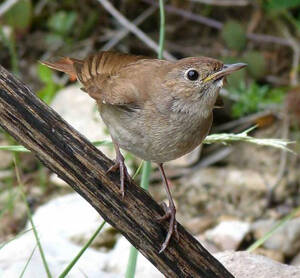
Luscinia megarhynchos
Luscinia megarhynchos,Common NightingaleNightingale,Night Robin
Xinjiang Nightingale is a small bird of the family Flycatcher and the genus ···
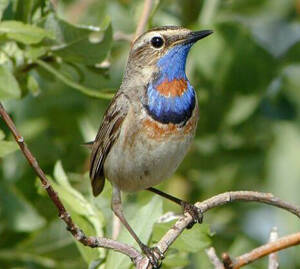
Luscinia svecica
Luscinia svecica,Bluethroat,Bluethroat, Bluegrass, Bluethroat, Bluethroat, Blue-throated
Bluethroat, also known as Bluethroat in English, has 10 subspecies.Bluethroa···
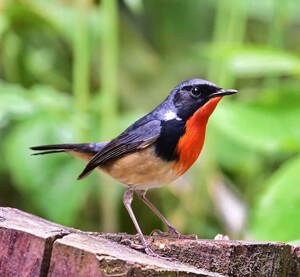
Luscinia pectardens
Luscinia pectardens,Firethroat
The Firethroat, also known as the Golden-breasted Robin, is a species of bir···
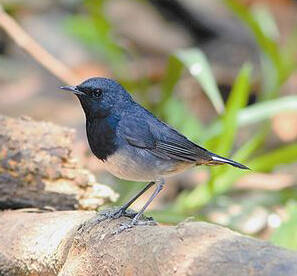
Luscinia obscura
Luscinia obscura,Calliope obscura,Black-throated Robin,Blackthroat,nightingale
Blackthroat, foreign name Blackthroat, no subspecies.Regarding the taxonomic···
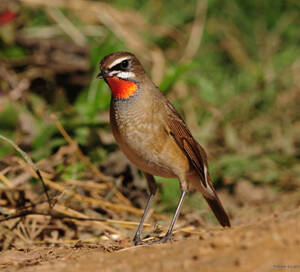
Calliope calliope
Calliope calliope,Siberian Rubythroat,Siberian robin, red-throated robin, red-throated robin, red-necked robin, robin
The Siberian Rubythroat is a songbird of the class Aves and family Flycatche···
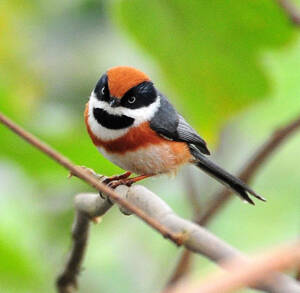
Luscinia ruficeps
Rufous-headed Robin,Luscinia ruficeps
The Rufous-headed Robin is a very rare endangered species.The Rufous-headed ···
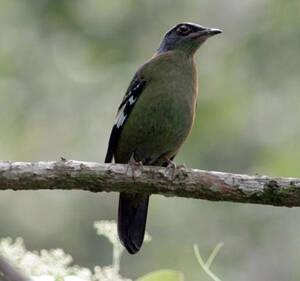
Cochoa viridis
Cochoa viridis,Green Cochoa,Green Thrush,
Green Cochoa, also known as Green Cochoa, is a bird of the family Thrushidae···
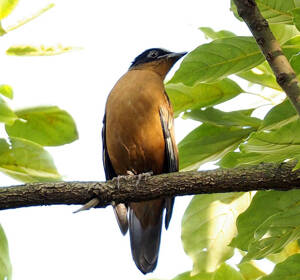
Cochoa purpurea
Cochoa purpurea,Purple Cochoa,Purple Thrush
Purple Cochoa, also known as Purple Cochoa in English, is a bird of the genu···
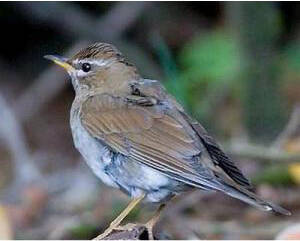
Turdus feae
Turdus feae,Grey-sided Thrush, Fea's Thrush,
Grey-sided Thrush is a medium-sized bird of the family Thrushidae and the ge···
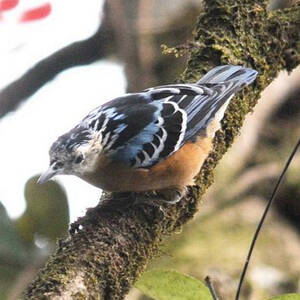
Sitta formosa
Sitta formosa,Beautiful Nuthatch
Beautiful Nuthatch, also known as Beautiful Nuthatch in English, is a small ···
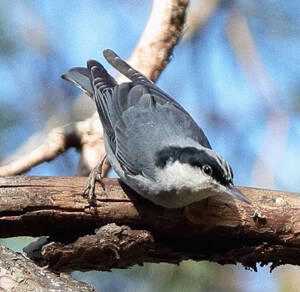
Sitta magna
Sitta magna,Giant Nuthatch
Giant Nuthatch, also known as Giant Nuthatch in English, is a small songbird···
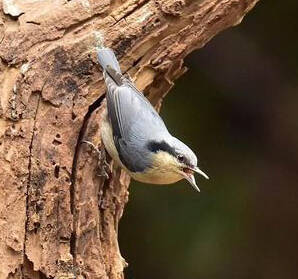
Sitta yunnanensis
Sitta yunnanensis,Black-masked Nuthatch
The Mandarin pronunciation of Yunnan Nuthatch is [diān shī], and its forei···
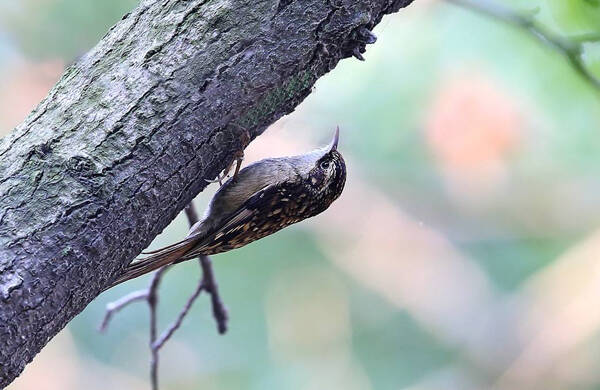
Certhia tianquanensis
Certhia tianquanensis,Sichuan Treecreeper,Tree climbing bird,Certhia familiaris
Sichuan Treecreeper, also known as Sichuan Treecreeper, has no subspecies.In···
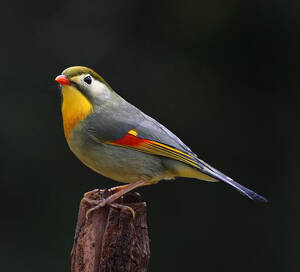
Leiothrix lutea
Leiothrix lutea,Red-billed Leiothrix,Pekin Robin,Lovebird, red-billed jade, colorful lovebird, red-billed bird
Red-billed Leiothrix has 5 subspecies. Red-billed Leiothrix is a resident bi···
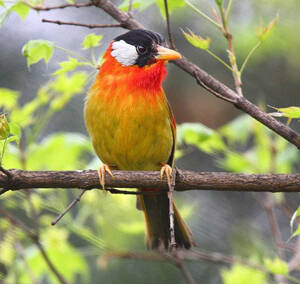
Leiothrix argentauris
Leiothrix argentauris,Silver-eared Mesia,Yellow-billed Jade, Colorful Lovebird
Silver-eared Mesia has 9 subspecies.Silver-eared Mesia often moves alone or ···
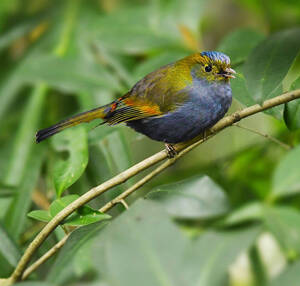
Liocichla omeiensis
Liocichla omeiensis,Omei Shan Liocichla
The foreign name of the Gray-breasted Bush Babbler is Omei Shan Liocichla, a···
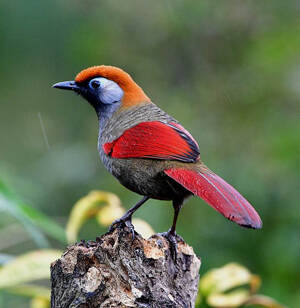
Garrulax milnei
Garrulax milnei,Red-tailed Laughingthrush,Trochalopteron milnei,Red-tailed Laughing Babbler
Red-tailed Laughingthrush, also known as Red-tailed Laughingthrush, has 4 su···
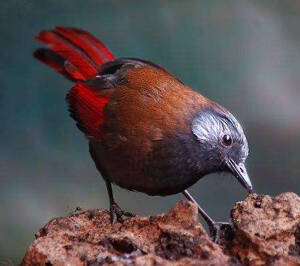
Garrulax formosus
Garrulax formosus,Red-winged Laughingthrush
Red-winged Laughingthrush has two subspecies.Red-winged Laughingthrush often···
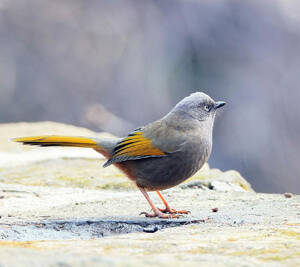
Trochalopteron elliotii
Trochalopteron elliotii,Elliot's Laughingthrush,Garrulax elliotii (Verreaux, 1870)
The orange-winged laughingthrush is also known as Elliot's Laughingthrus···
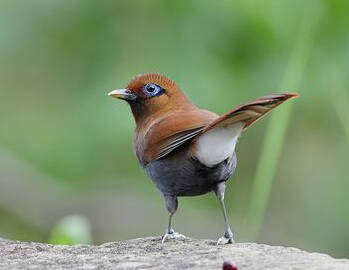
Pterorhinus berthemyi
Pterorhinus berthemyi,Rusty Laughingthrush,Bamboo bird, Eight-tone bird
The foreign name of the brown babbler is Rusty Laughingthrush, and there are···
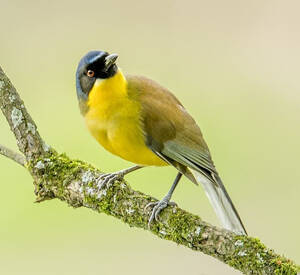
Pterorhinus courtoisi
Pterorhinus courtoisi,Blue-crowned laughingthrush,Chinese Yellow-throated Laughingthrush, Blue-crowned Laughingthrush, Wuyuan Yellow-throated Laughingthrush, Blue-throated Laughingthrush
Blue-crowned laughingthrush is a small-bodied bird of the family Timalis, wi···
